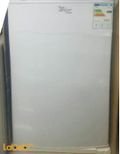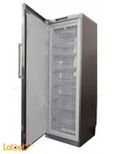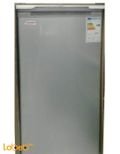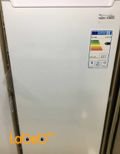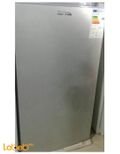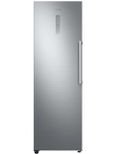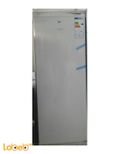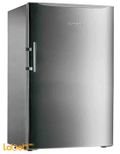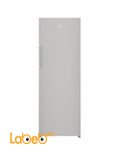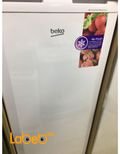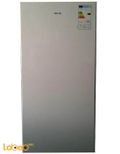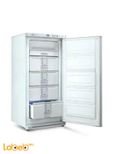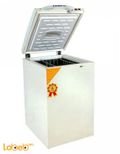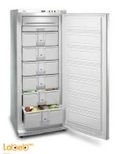Your Guide to Choosing a Freezer
What are the different types of freezers? What are their differences? What are the most important specifications you need to check?
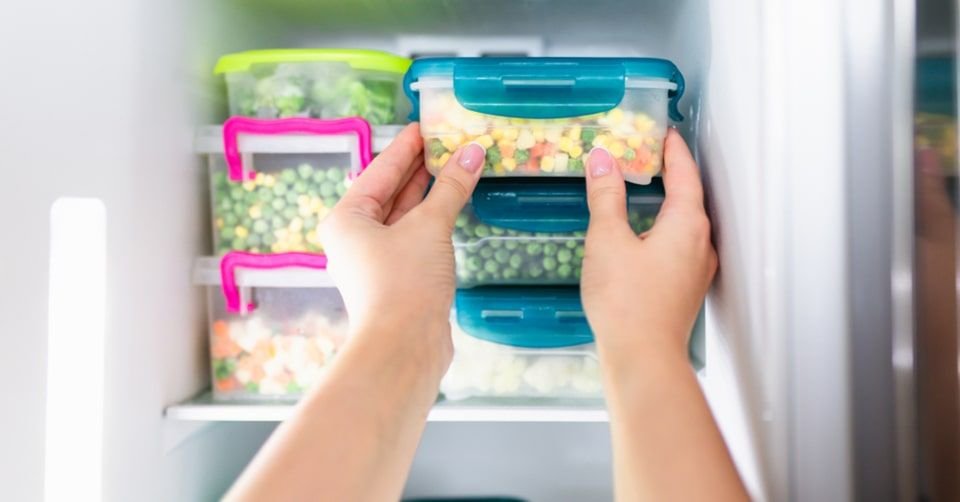
Some users believe that devices that perform more than one function will be less efficient than devices that perform a single one. Therefore they tend to buy a separate dryer or a separate freezer. If you are similar to those people, or you need more space in your freezer then this guide will help you choose the most suitable freezer!
Some people prefer having a separate freezer even when the fridge already has one. That is because they want to freeze a bigger portion of food or the fridges space is not enough to store their needs. Customers who tend to buy separate freezers are restaurants, coffee shops, and ice-cream shops as they have to store a bigger quantity of meat and vegetables.
A freezer stores food on temperatures below 0 degrees and large families, restaurants, and coffee shops tend to prefer one as they need more place to store food and/or have a larger quantity to store. You can also store packs of pre-cooked meals where you only have to take them out of the freezer, put them in the microwave, and then they will be ready to eat.
People who own a separate freezer also believe that it is cheaper since they buy their groceries in bulks; which is considered cheaper than buying smaller quantities. It also saves time as you only have to go once a month to the store since you can freeze your food.
There are few types of freezers and choosing between them is purely subjective! However, you still need to check other features like capacity, power consumption, efficiency, and other features. We will begin this article by listing the types of freezers and then moving to explain the different features!
Freezers can come in:
Upright Freezer
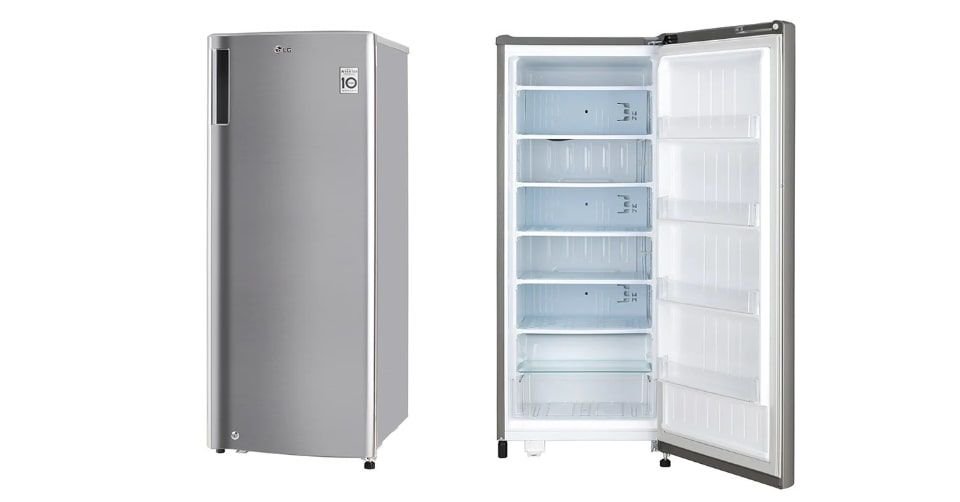
The reason behind its name is the way it is placed; as it is placed upright like a refrigerator and it has a similar design as well! This can be chosen when you have a small space as most customers choose this type because of limited space.
The most common dimensions are: depth of 30 – 32 cm, length (height) of 61 – 71 cm, and width of 30 – 33 cm. Some models can come in smaller or bigger dimensions as it relies on its internal capacity. We will inform you about the different capacities in the next section.
You store food in this type in a similar way to when you put it in the fridge as it also has shelves and drawers. The upright freezer has more space than the chest freezer, but they are more expensive.
Chest Freezer
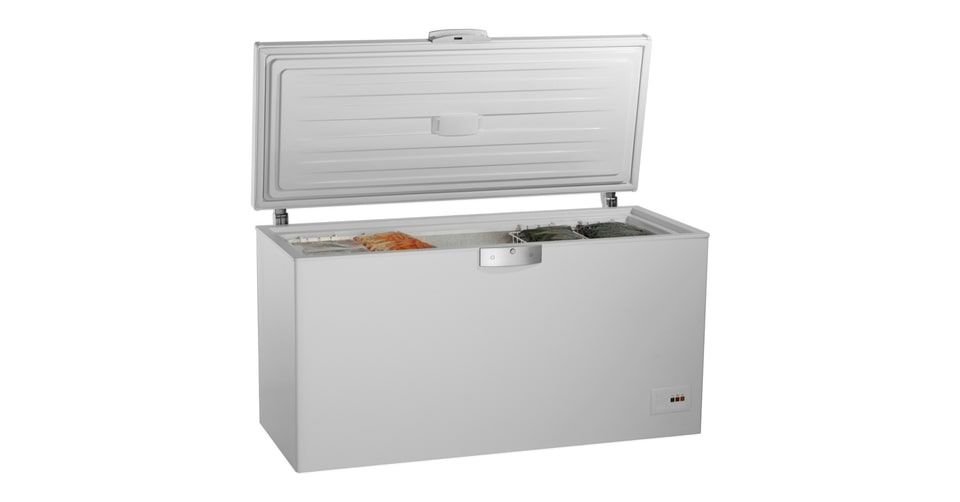
The chest freezer is the most common and it is also referred to as the upper-door freezer. This type has a diagonal shape and the door opens from the top. Some models have two upper doors as well!
The dimensions of this type also depend on its internal capacity, but generally it needs more space than an upright freezer. Make sure you measure the area you want to place the freezer in and compare it to dimensions of the freezer itself to see if it fits.
When it comes to its price, it is cheaper than upright freezers. You store food by placing them on top of each other (in stacks) which makes it hard to reach in for something at the bottom (considered one of the negative aspects).
How to Choose the Freezer’s Capacity Regardless of its Type?
The main reason users own a freezer is to provide more storage place; therefore, the capacity depends solely on the number of people using the freezer.
There is no doubt that a large family will need a bigger freezer than a medium sized or a smaller one. Freezers capacity can be divided into 4 main categories:
- Extra small freezer; its capacity is around 5 cubic feet (almost 142 liters).
- Small freezer; its capacity is between 6 – 9 cubic feet (around 170 – 255 liters).
- Medium freezer; its capacity is between 12 – 18 cubic feet (around 340 – 510 liters).
- Large freezers; its capacity is above 18 cubic feet (more than 510 liters).
Disregarding the type you are choosing (upright or chest freezer), the most important aspect is to choose the correct capacity based on the available space and your need.
We must point that every 1 cubic foot is equal to approximately 28 liters that fits 16 KGs of food (based on how it is wrapped and placed in the freezer). Since we are talking about an appliance that does not go through many improvements (once every couple of months), you can follow the following equation when purchasing a freezer: every adult will need 1.5 cubic feet of the total space, i.e. a family of 4 will need a 6 cubic feet freezer capacity.
That also depends on the consumption rate, as some families need more food resources than other ones. You should also take this into consideration when buying a freezer.
Freezer’s Electric Consumption
We must first mention that the bigger the freezer the more power it will consume. The No Frost feature also consumes more power.
The freezers electric consumption depends on the model, and generally freezers that have features like No Frost, Automatic Defrost, and Self Defrost consume more power.
Chest freezers are better than upright freezers when it comes to saving energy since upright freezers has a no frost feature.
Freezers can also be further divided into two categories when it comes to the defrosting feature:
No Frost Freezers: This freezer does not allow ice or frost to form but it consumes a lot of energy (40% more than other freezers). No frost is also known as Auto-Defrost, and Self-Defrost.
Regular Defrost Freezers: This type needs regular manual cleaning as the ice and frost collects inside the freezer. It consumes less energy and you have to disconnect it from the power source before and while cleaning it.
Again, most upright freezers have a No Frost feature (aka Auto-Defrost, and Self-Defrost), and so consumes more energy than the chest freezer which has the Defrost.
Other Features
Many other features determine the different prices of the models, but generally the upright freezer is more expensive than chest freezers.
Some other features that may be of interest include: having a door lock, a light inside the freezer, and thermometer location as some have it inside the freezer and some outside.
The upright freezer also can include features like the number of shelves and drawers so you determine your needs before making a purchase.
Labeb’s Advice before Heading to the Store!
Our advices can be summarized by the points below:
- Choose the type you need: between an upright freezer or chest freezer, depending on the available space.
- Chest freezers need more space.
- Freezer’s Capacity; remember that for every adult you need 1.5 cubic feet.
- No Frost feature requires more energy, thus more electric consumption.
- Chest freezers save more energy than the upright freezer; as it does not have many extra features.
- Chest freezes have no shelves; you store your food by staking them on top of each other making it hard to reach into the bottom items. This is considered one of the disadvantages of chest freezers.
- Dimensions; measure the dimensions of the place you want to put the freezer in and the freezer’s dimension itself to make sure it fits.
- Chest freezers are cheaper than upright freezers.
- Power Shortages; in case of power shortages, the chest freezer can maintain food better than upright freezer.
- Ventilation space; make sure you leave at least 3 inches (7.5 cm) around the freezer especially when placed next to a wall.
After reading the information we provided you in this article, and after following our advice, you are ready to make the smartest decision when purchasing a freezer.
- [[PropertyDescription]] [[PropertyValue]]
